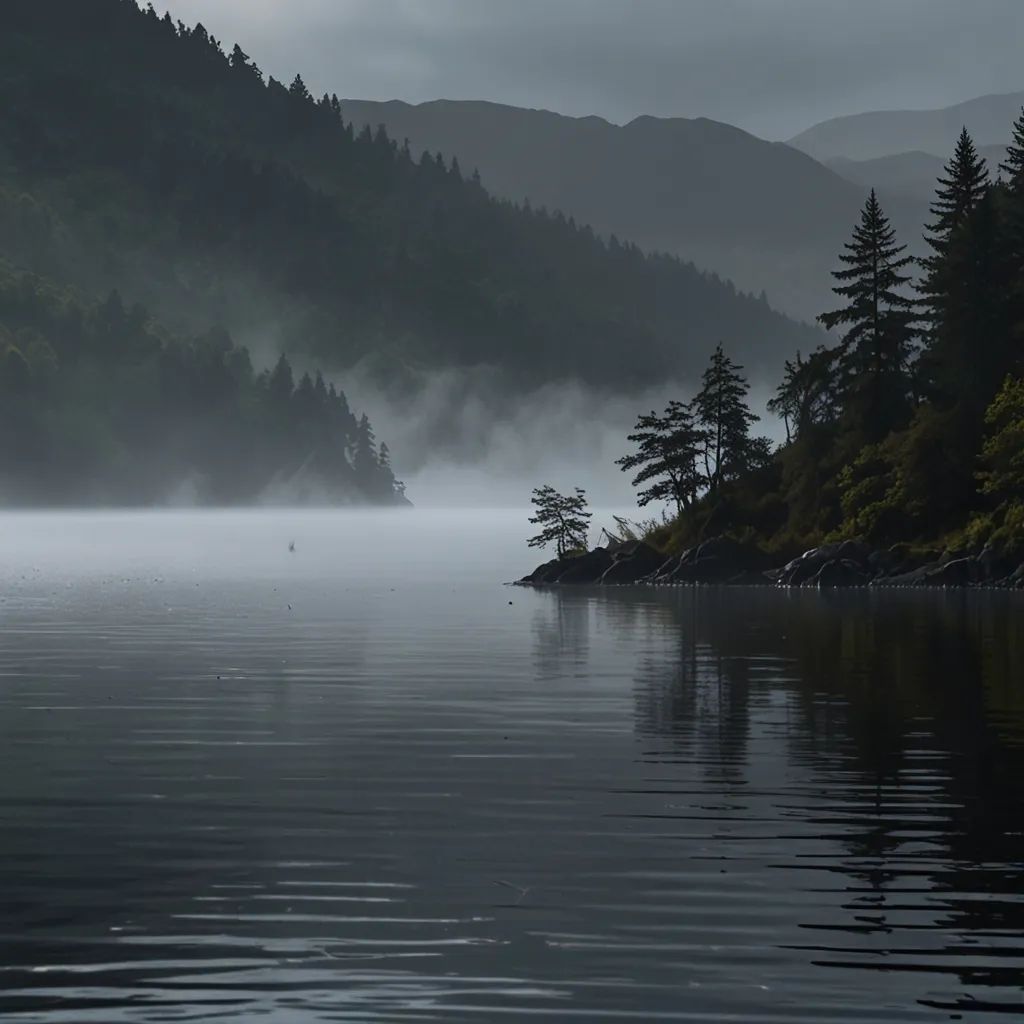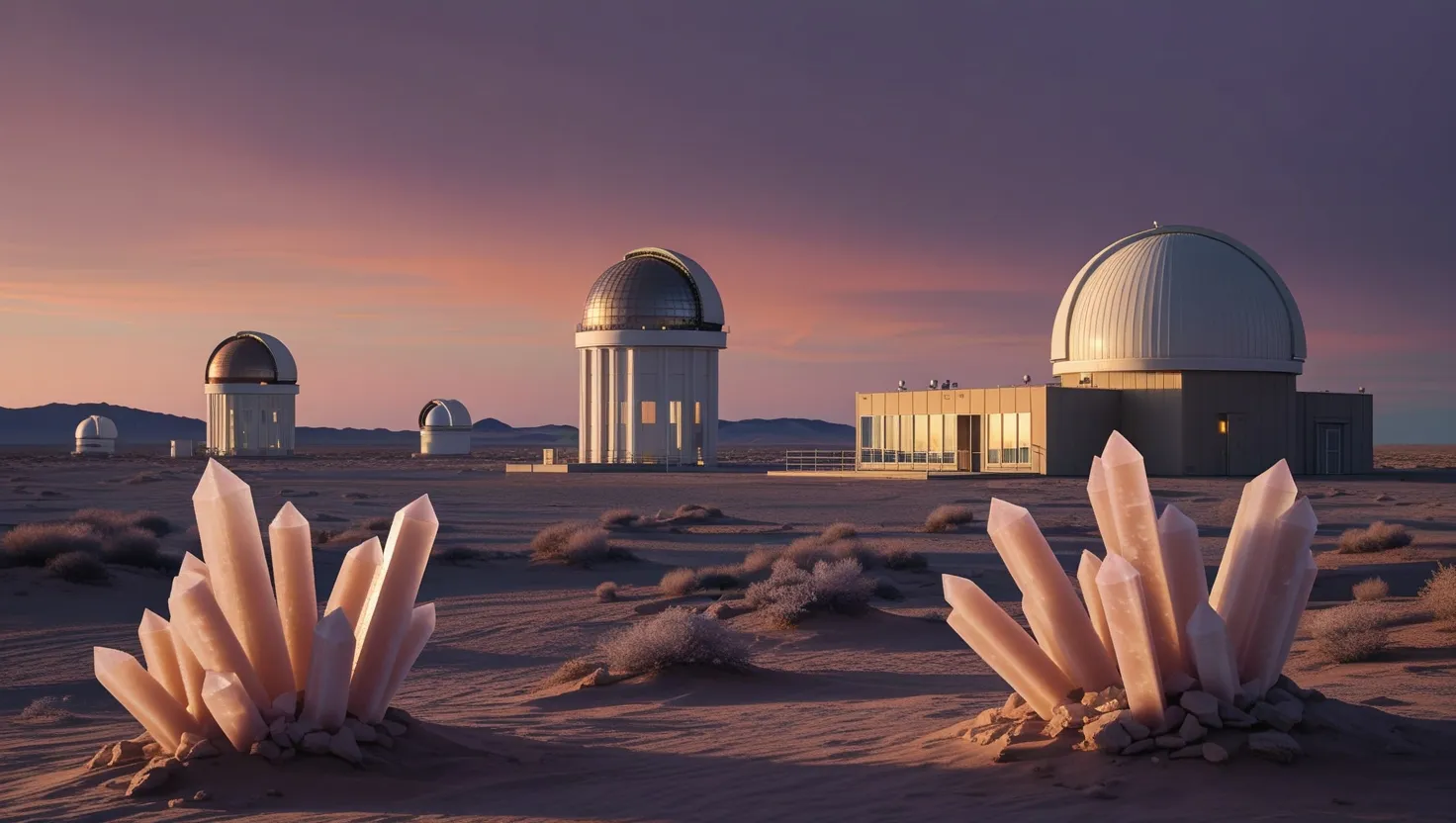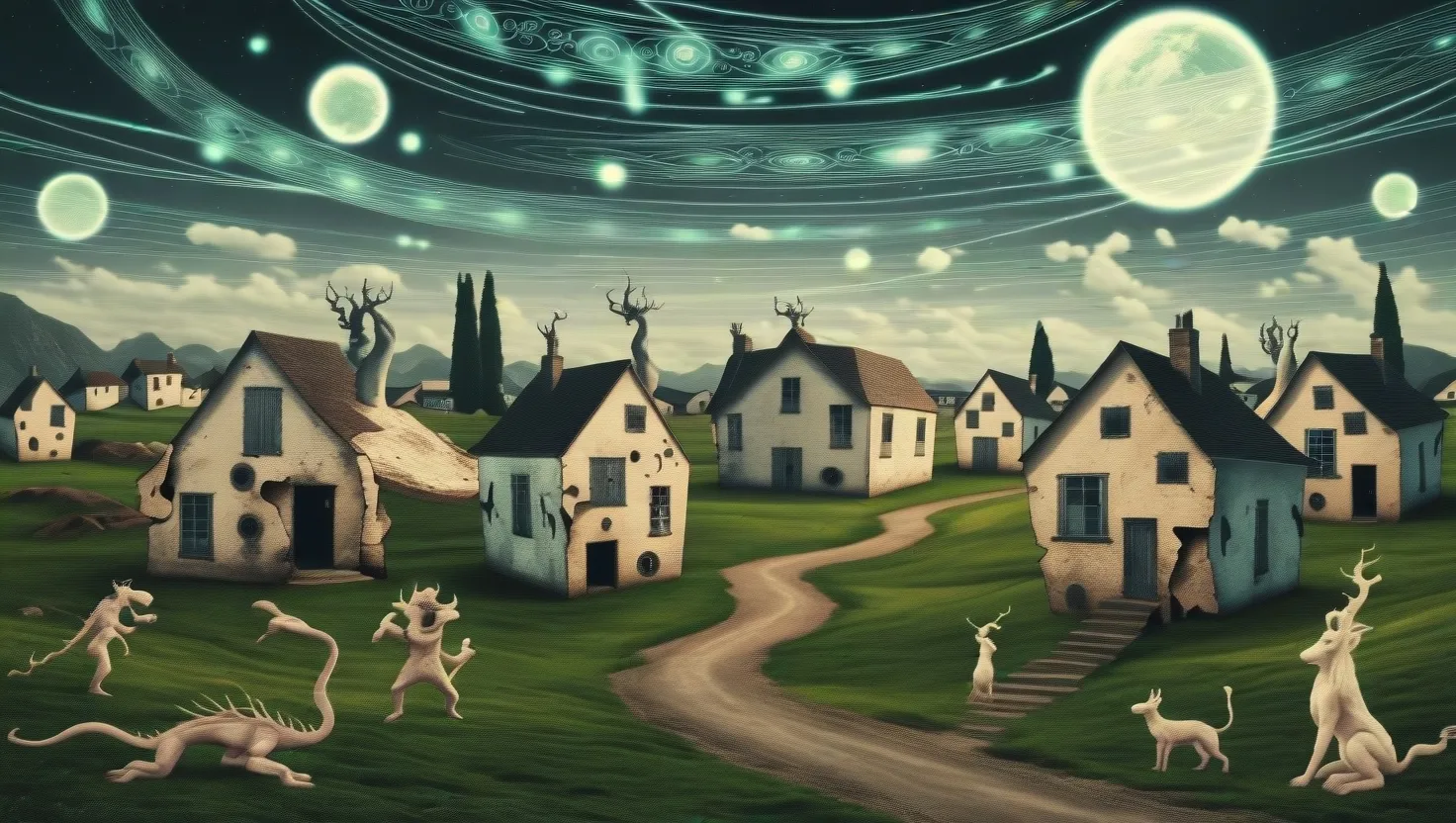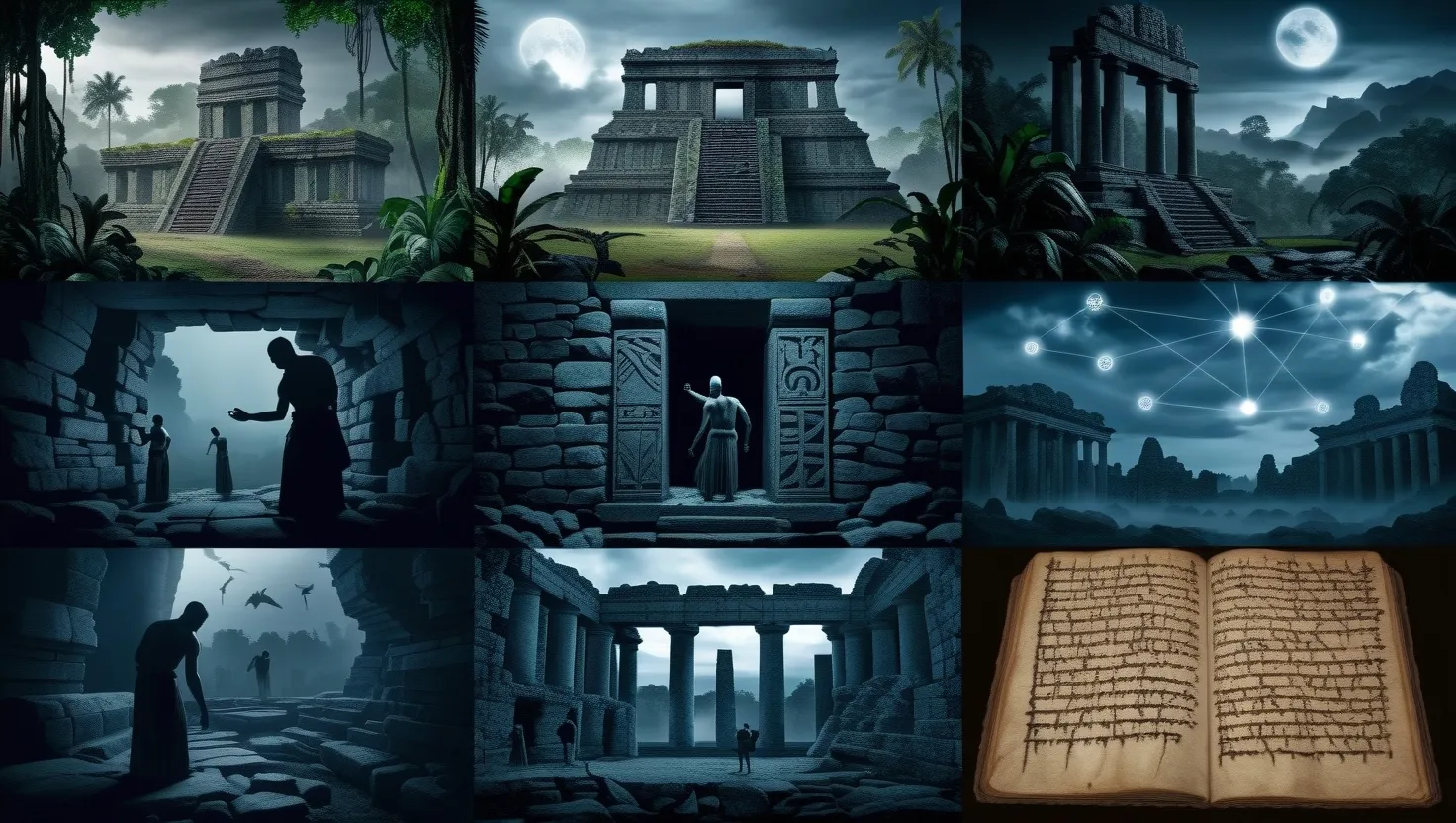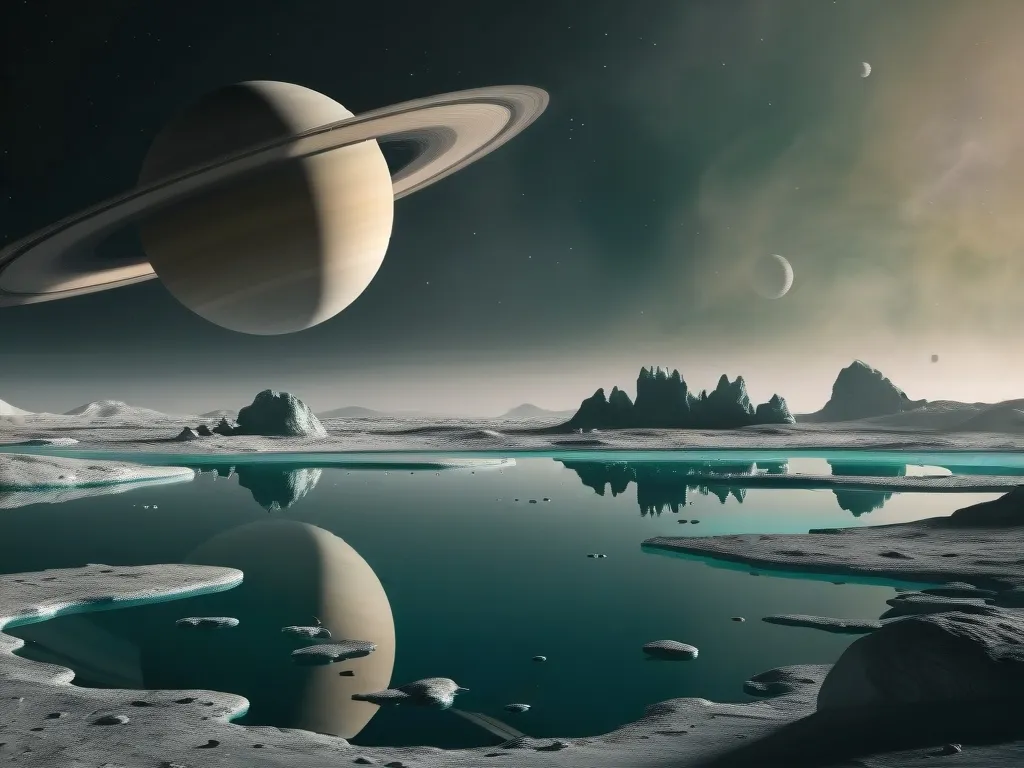The Loch Ness Monster, simply known as Nessie, is one of those enduring mysteries that grabs everyone’s curiosity. Nestled in the deep, dark waters of Scotland’s Loch Ness, this legendary creature has puzzled folks for generations. With its origins rooted firmly in Scottish folklore, Nessie has inspired countless tales, movies, and even a bustling tourism scene.
The first ever sighting of Nessie dates all the way back to 565 AD. Imagine this: St. Columba, an Irish missionary, reportedly came across a beast in the River Ness. This story set the stage for centuries of sporadic sightings, often fueled by Scotland’s rich tradition of mythical water creatures. The 1930s really kicked things up a notch for Nessie’s legend.
So, in 1933, they built a road alongside Loch Ness that gave people a killer view of the water. Naturally, more people started claiming they saw Nessie. One of the most famous sightings was by a couple who described this gigantic animal, something like a dragon or prehistoric beast, crossing their path and diving into the loch. Newspapers went wild over it, making Nessie a household name.
In 1934, something happened that put Nessie on the global map - the infamous “Surgeon’s Photograph.” It showed what looked like a long-necked creature surfacing from the water. Everyone was wowed, but later on, it turned out to be a hoax. Still, Nessie was now firmly cemented in pop culture.
People have gone to great lengths trying to find Nessie, including sonar searches and even DNA sampling. The most recent DNA survey in 2018 found no signs of any plesiosaur or any other large creature but did discover an abundance of eels in the loch. Some scientists think maybe we’re just seeing giant eels that folks have mistaken for Nessie over all these years.
The legend of Nessie isn’t just about fun stories; it’s also a huge deal economically for Scotland. Millions of tourists flock to Loch Ness, eager to catch a glimpse of the elusive monster. It’s a win-win: mystique for the tourists and a healthy boost to the local economy.
Loch Ness itself adds to the mystery. It’s this massive, deep body of water surrounded by ancient forests and mist-kissed mountains. The landscape alone is the perfect backdrop for a legendary beast. There’s a cool story that the loch was created by the Celtic Winter Queen, Dark Beira, who turned her maid into the river that eventually became Loch Ness.
There’ve been all sorts of explanations for the sightings over the years. Some say people might just be seeing large fallen branches or even circus elephants taking a swim, but these don’t quite explain why so many folks report seeing a long-necked, humped creature.
Advanced technology today has yet to crack the case of Nessie. Despite many debunked sightings and hoaxes, the sheer number of reports over the years keeps the legend alive. It taps into something deep in the human spirit – our love for a good mystery and the unknown.
Whether you’re planning to visit Loch Ness or are just fascinated by the story, Nessie represents the storytelling magic of Scotland. It’s as much a part of its cultural heritage as its beautiful landscapes. This unsolved enigma of the Loch Ness Monster is a fun reminder of the power of imagination and the endless allure of the unknown.
